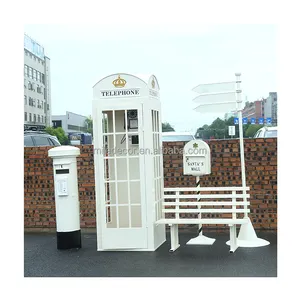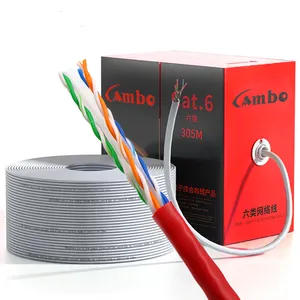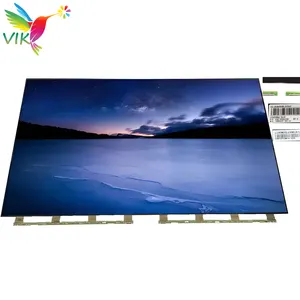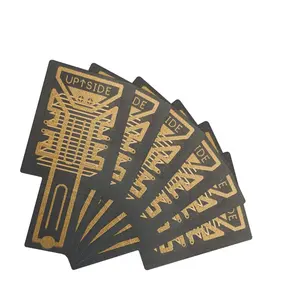Popular in your industry










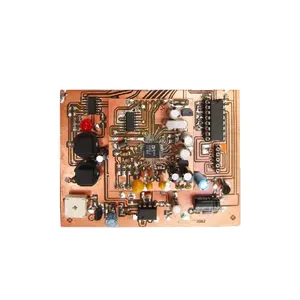
























































Related Searches:

























































































































Top categories
About 5 layer circuit board
Introduction to 5 Layer Circuit Boards
The 5 layer circuit board is a sophisticated technology widely utilized in various electronic applications. This type of board is an integral component in the realm of electronic circuitry, offering a middle ground between complexity and cost-effectiveness. It consists of five conductive layers of material laminated and bonded together with insulating layers in between, creating a robust structure for electronic circuits.
Types and Applications
5 layer PCBs are commonly employed in complex devices due to their enhanced capacity for connectivity. They are found in specialized electronic devices, communication systems, and some consumer electronics where space and functionality are critical. The versatility of 5 layer PCBs allows for their use in both standard and custom electronic configurations, catering to a broad spectrum of industrial needs.
Features and Materials
The construction of a 5 layer circuit board involves various materials, such as FR4, a flame-retardant glass-reinforced epoxy laminate, which is a standard in the industry. The choice of material impacts the board's durability, conductivity, and heat resistance. Features such as thermal management and electrical insulation are critical, and the multi-layer design allows for a higher component density, which can enhance the board's overall performance.
Advantages of Multi-Layer PCBs
Opting for a 5 layer PCB comes with several advantages. The additional layers provide more space for the conductor patterns and power and ground layers, which can significantly improve the board's functionality and reduce electromagnetic interference (EMI). This design also allows for more compact board sizes, which is crucial in the miniaturization of electronic devices.
Selection Considerations
When selecting a 5 layer circuit board, it is essential to consider the specific requirements of the electronic device it will be used in. Factors such as the board's thickness, material type, and the specific manufacturing processes like HASL (Hot Air Solder Leveling) or lead-free HASL, which affect the board's solderability and environmental compliance, should be taken into account.
Conclusion
In conclusion, the 5 layer circuit board is a critical component in modern electronics, offering a balance between complexity and cost. With its ability to support dense circuitry and its adaptability to various applications, it remains a popular choice for electronic manufacturers and designers seeking reliable and efficient circuit solutions.
